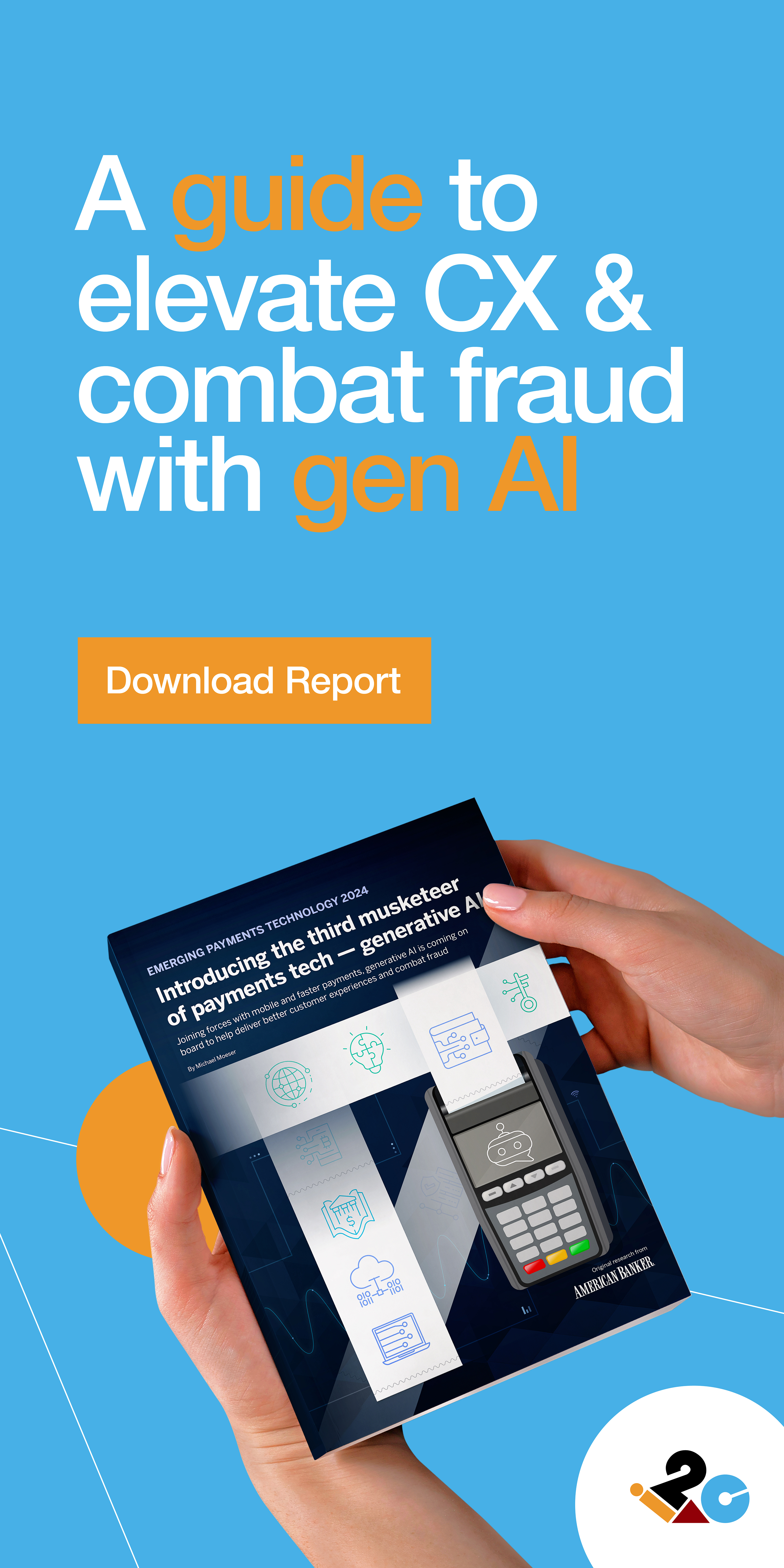Julie Schmitz, Co-Founder of S.S. Scale – Advisory Services
In the rapidly evolving payments ecosystem, financial institutions are navigating a complex landscape marked by increased economic uncertainty, heightened competition, and constrained resources. These challenges necessitate a proactive approach to vendor management and innovative payments strategy.
Often, the reliance on core providers sets the pace and direction of innovation for many financial institutions. However, a lack of strategic support from these vendors frequently leaves them unable to adapt effectively, positioning them as, at best, fast followers—if they have the right resources.
With the rise of fintech and big tech organizations, financial institutions must shift their mindset. Embracing innovation, and forming partnerships with innovative organizations, is no longer optional. It is essential to provide experiences that meet or exceed client expectations.
A striking 80% of financial institutions we’ve partnered with are currently constrained by a reactive payments strategy dictated by their core provider. These institutions are actively seeking innovative approaches to break free and deliver greater value to their clients.
Transitioning from a reactive strategy, typically dictated by vendor agendas, to a proactive strategy tailored to your organization’s priorities requires a comprehensive approach. Here’s how you can access your organization’s readiness for embracing innovation.
Step 1: Clarify Organizational Alignment and Strategy
What to Consider: Are your organization’s priorities and long-term goals clearly defined and understood across all levels?
Why It Matters: Ensuring that every strategic initiative is in alignment with the broader vision facilitates unified efforts and sustained growth.
Step 2: Understand Your Customer
What to Consider: Does your organization have a deep understanding of both current and future customer needs?
Why It Matters: Knowing your customer in-depth allows for the anticipation of market demands and enables the delivery of solutions that are precisely tailored to those needs.
Step 3: Evaluate Vendor Relationships and Partnerships
What to Consider: Are you continually assessing the alignment of your vendor relationships with your strategic goals? Are you seeking innovative partners?
Why It Matters: Cultivating relationships with vendors that align with and support your strategic goals can lead to more innovative and effective solutions.
Step 4: Foster Innovation in Solution Development
What to Consider: Is there an established process for building business cases and assessing innovative solutions?
Why It Matters: Continual innovation in services, products and processes is crucial for enhancing client engagement, growing client relationships and meeting growth goals.
Step 5: Implement a Project Prioritization Framework
What to Consider: Does your organization have a system to score and prioritize projects based on their strategic impact and feasibility?
Why It Matters: Prioritizing projects effectively ensures that resources are allocated where they can create the most value.
Step 6: Nimble Strategic Plan
What to Consider: Are project management methodologies and accountability structures consistent across the organization? Is your plan nimble enough to adapt to industry changes and shifts in customer behavior? Do you have trusted resources that you can mobilize as needed for effective execution or specialized expertise?
Why It Matters: A flexible approach allows your organization to remain agile, adapting quickly to new opportunities and challenges. Resource restraints are common hurdles to executing a strategic plan and support planning should be carefully considered.
This readiness assessment is an essential step in guiding your organization through the transition to a proactive and innovation-driven strategy. By carefully considering these key areas, you can prepare effectively for a transformation that not only fosters innovation but also strengthens your operational resilience and competitive advantage.



